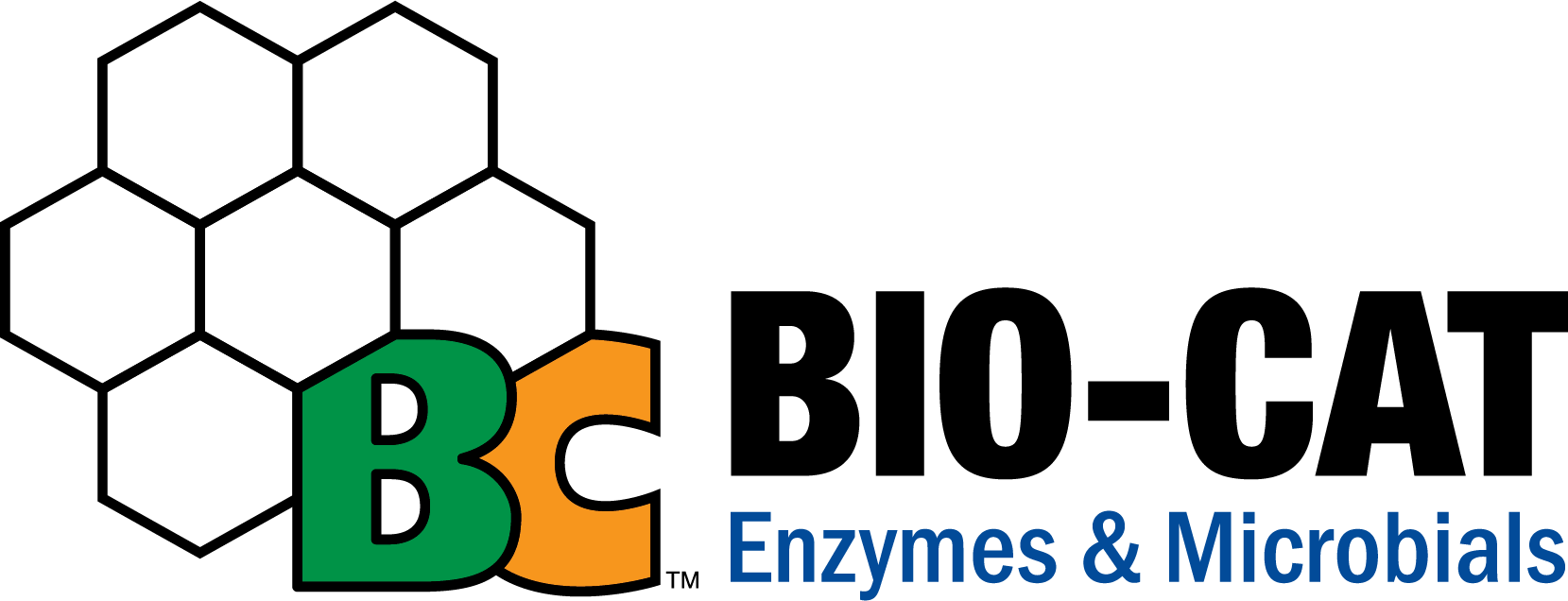The study of gastrointestinal (GI) digestion in vitro is crucial for interpreting mechanisms of enzyme action and determining optimal enzyme dosing for clinical trials. The “INFOGEST” protocol is the most widely used static GI digestion protocol. First published in 2014 by a network of scientists from over 45 countries [1], the INFOGEST protocol arose out of a European Cooperation in Science and Technology (COST) funding action to fill a critical gap in the harmonization in vitro GI digestion methods across laboratories. The static INFOGEST protocol was further updated in 2019 and published in Nature Protocols [2]. A PubMed search for “INFOGEST” retrieved 271 scientific publications (accessed on 17 May 2024). The method is designed to be used with standard laboratory equipment and solutions, making it highly accessible.
The INFOGEST Protocol
The INFOGEST protocol is used to model the three phases of digestion:
The oral phase combines the dietary substrate with a simulated salivary fluid containing porcine salivary amylase under agitation at neutral pH and 37° C for 2 min.
The gastric phase immediately follows the oral phase with the addition of a simulated gastric fluid containing porcine pepsin at a starting pH 3.0 followed by agitation at 37° C for 2 hours. Alternatively, the pH may be further adjusted to 2.0 for an additional 30 minutes to model incremental postprandial acidification.
The intestinal phase proceeds by addition of a simulated intestinal fluid containing porcine pancreatin and bile salts at a starting pH 7.0 followed by agitation at 37° C for 2 hours.
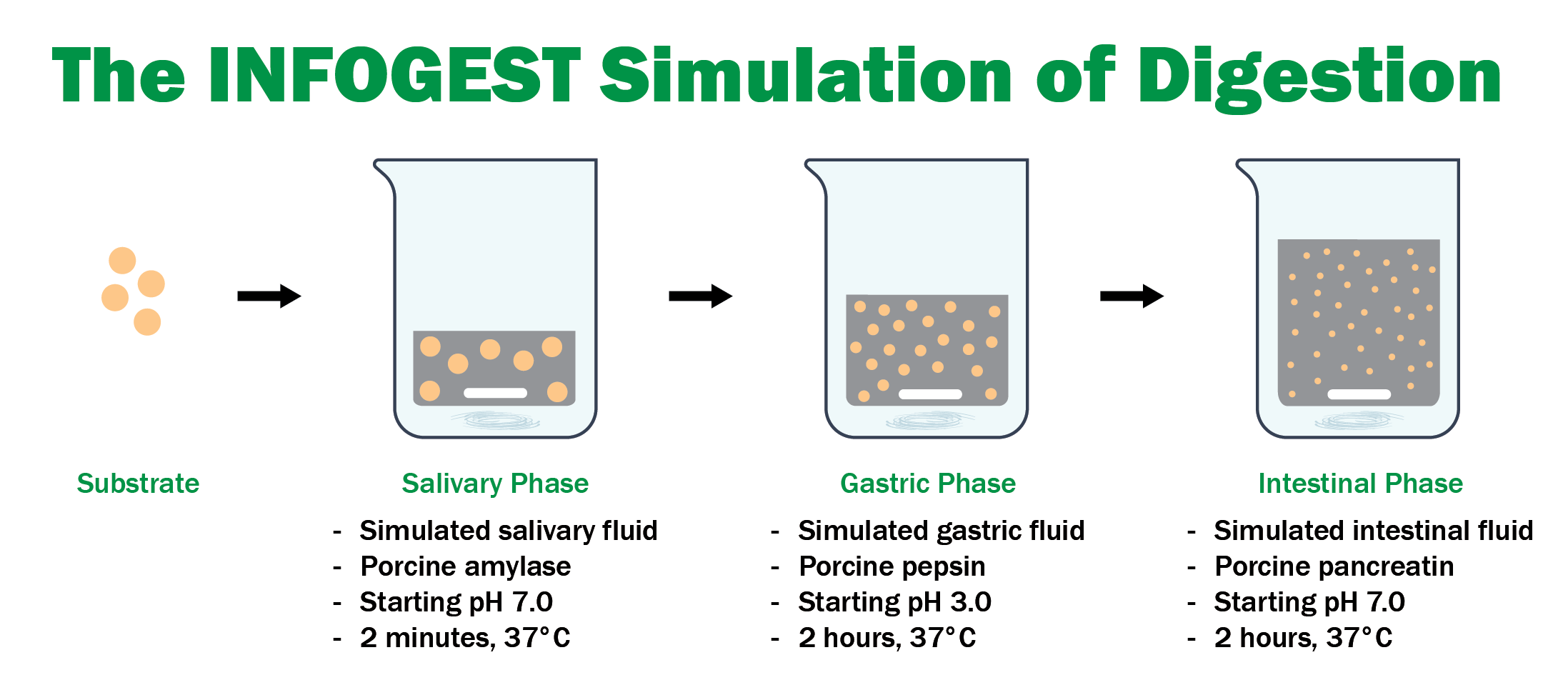
BIO-CAT uses an adapted protocol developed from the INFOGEST method to specifically study supplemental microbial and plant enzymes. BIO-CAT can partner with you to build your next enzyme blend using this protocol, published in Food Chemistry [3]. You choose your substrate and claims-informed analytical outcomes, and we will test your enzyme blend. You can use the results for dose-ranging, claims substantiation, and science storytelling. Contact us today to learn more about working with BIO-CAT and INFOGEST!
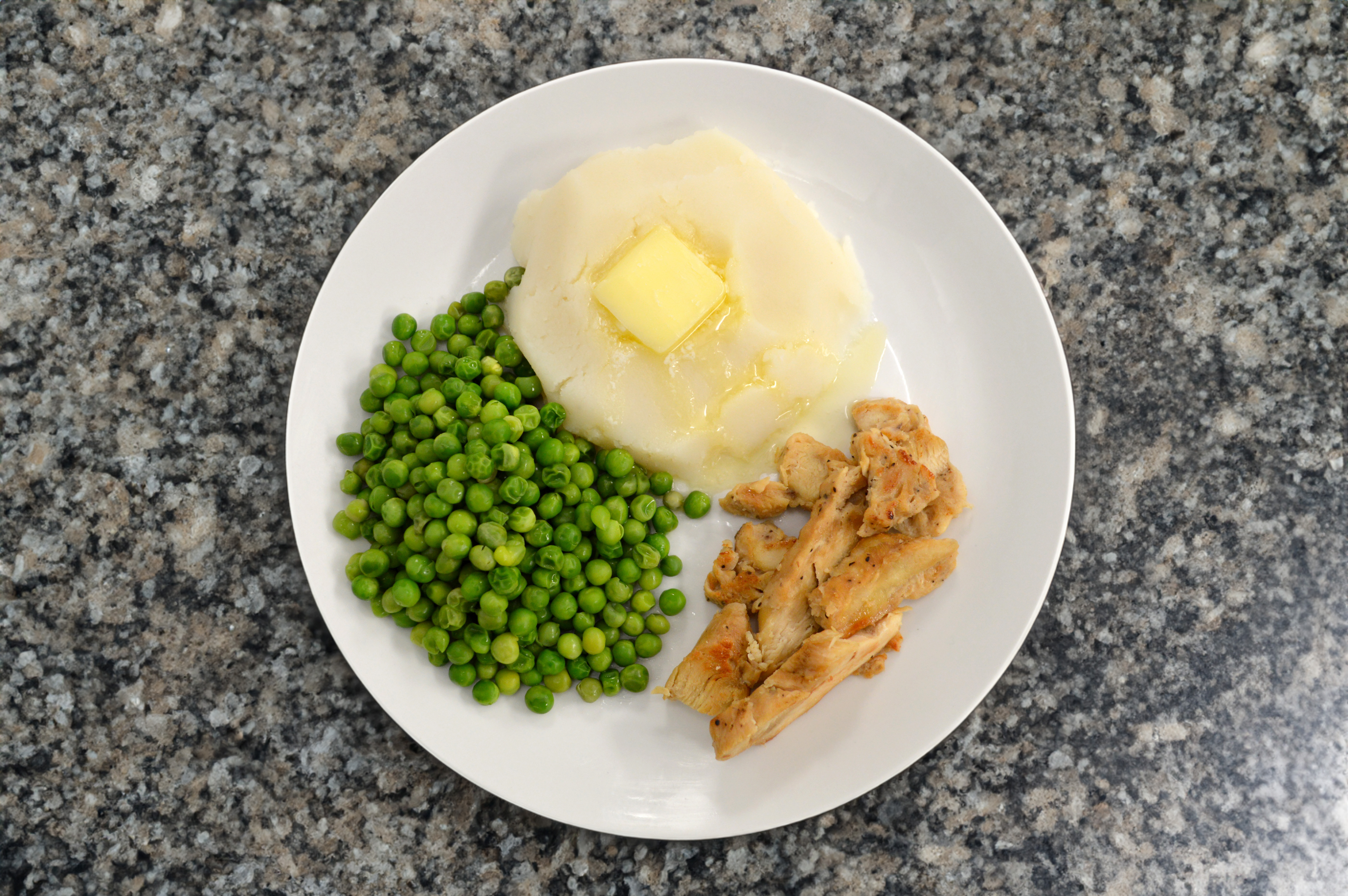
Example of a BIO-CAT nutritionist designed meal for the study of macronutrient digestion [3]:
- Chicken meat
- Butter
- Mashed potatoes
- Peas
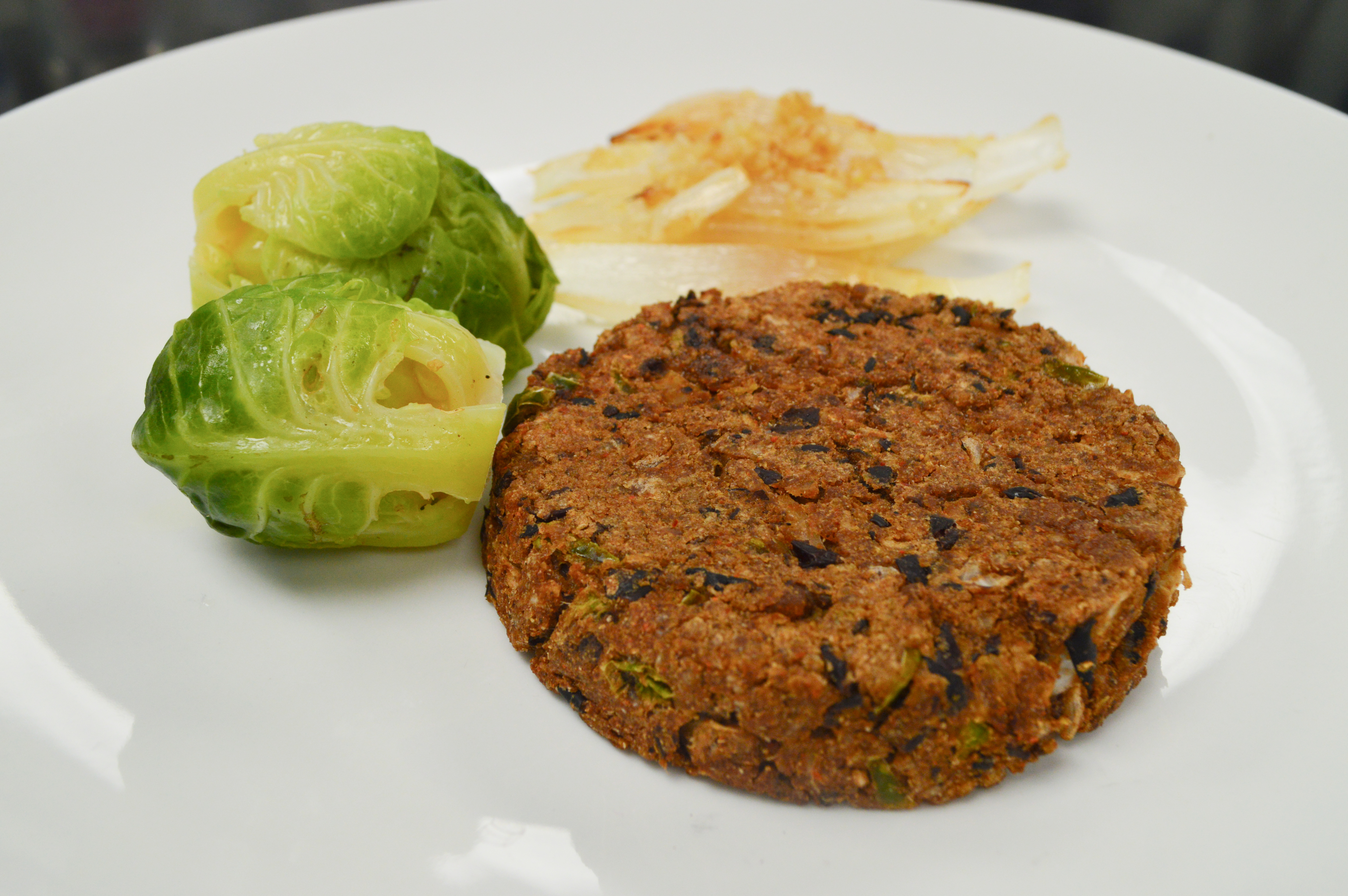
Example of a BIO-CAT nutritionist designed high FODMAP meal for the study of galactan and fructan digestion [4]:
- Black bean patty, onions, and Brussels sprouts
Citations
- Minekus, M., Alminger, M., Alvito, P., Ballance, S., Bohn, T., … Brodkorb, A. (2014). A standardised static in vitro digestion method suitable for food – an international consensus. Food & Function, 5, 1113–1124. https://doi.org/10.1039/c3fo60702j.
- Brodkorb, A., Egger, L., Alminger, M., Alvito, P., Assunção, R., … Recio, I. (2019). INFOGEST static in vitro simulation of gastrointestinal food digestion. Nature Protocols, 14, 991–1014. https://doi.org/10.1038/s41596-018-0119-1.
- Garvey, S. M., Guice, J. L., Hollins, M. D., Best, C. H., & Tinker, K. M. (2022). Fungal digestive enzymes promote macronutrient hydrolysis in the INFOGEST static in vitro simulation of digestion. Food Chemistry, 386, 132777. https://doi.org/10.1016/j.foodchem.2022.132777.
- Guice, J. L., Hollins, M. D., Farmar, J. G., Tinker, K. M., & Garvey, S. M. (2023). Microbial inulinase promotes fructan hydrolysis under simulated gastric conditions. Frontiers in Nutrition, 10, 1129329. https://doi.org/10.3389/fnut.2023.1129329.
